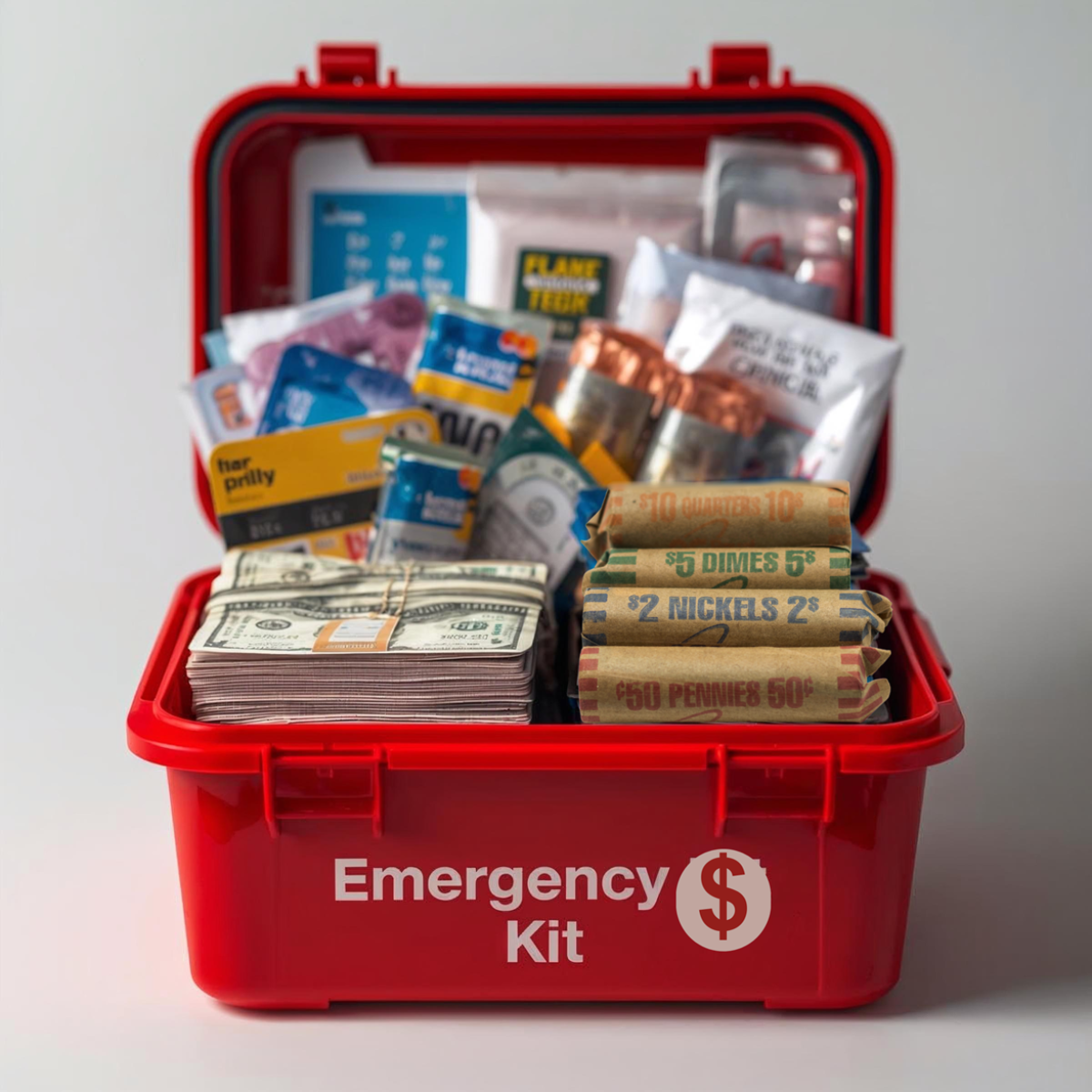Manage Your Debt - Let's Explore Your Options
GET STARTED NOWEmergency Funds & Safety Nets: Protecting Against Debt

One of the hardest parts of managing money is dealing with the unexpected. A flat tire, a surprise medical bill, or even a broken appliance can throw everything off track. For many people, those moments are the reason they turned to credit cards or loans in the first place.
If you’re on a Debt Management Plan (DMP), you’re already doing the work to get free from debt. But to protect that progress, it’s important to build a safety net — starting with an emergency fund.
Why an Emergency Fund Matters
Think of an emergency fund as a buffer between you and life’s surprises. Without one, the only option is often to borrow, which can undo the progress you’ve worked so hard to make.
Even a small fund makes a difference. It’s less about the size of the account and more about breaking the cycle of debt. When life happens — and it always does — you’ll have something to fall back on besides credit.
How Much Do You Need?
You may have heard advice to save three to six months’ worth of expenses. That’s a great goal, but don’t let it overwhelm you.
- Starter Goal: $500–$1,000 in savings. This covers the small emergencies that usually lead to new debt.
- Next Goal: One month of essential expenses.
- Long-Term Goal: Three to six months of expenses, built gradually over time.
The most important thing is to start, no matter how small.
Where to Keep Your Emergency Fund
Accessibility is key. The money should be easy to get to in an emergency but not so easy that you’re tempted to dip into it for everyday spending. Good options include:
- A basic savings account.
- A high-yield online savings account (you’ll earn a little extra interest).
- A separate account at your bank or credit union, labeled “Emergency Fund.”
Simple Ways to Build Your Fund
- Automate Small Transfers - Even $10 or $20 per paycheck adds up over time. Set it up once and let it run in the background.
- Save Unexpected Money - Tax refunds, bonuses, or even birthday cash — put part of it into your emergency fund.
- Round Up Your Spending - Some banks let you round purchases up to the nearest dollar and save the difference. It’s an easy way to grow your fund without noticing.
- Cut & Redirect - Cancel one unused subscription or reduce a small expense and send that money to your emergency savings.
Other Safety Nets to Consider
While an emergency fund is your first line of defense, other protections help keep you stable too:
- Insurance: Health, renters, auto, and life insurance can protect you from devastating financial shocks.
- Community Resources: Know what assistance programs (local nonprofits, food banks, housing support) exist in your area — they can help during tough times.
- Support System: Building a circle of people you can talk to about financial stress can reduce the temptation to isolate or turn to unhealthy coping strategies.
Encouragement for the Journey
Starting an emergency fund while you’re paying off debt may feel impossible at first. But remember — it’s not about saving a fortune overnight. It’s about creating a little breathing room so the next bump in the road doesn’t send you backward.
Every $10, every $50, every step you take toward building that cushion is a victory. And with each dollar saved, you’re proving to yourself that you’re capable of staying debt-free in the long run.
Final Thought
Debt management is about more than paying off balances — it’s about protecting your future. An emergency fund and other safety nets give you peace of mind, freedom, and resilience.
You’ve already taken bold steps to change your financial story. Now, you’re adding the protection that ensures you’ll keep moving forward, no matter what life throws your way.
Even the smallest savings step makes a difference, and each one helps protect the progress you’ve made. Building a safety net takes time, but you don’t have to do it alone — our team is here to support you and help you move forward with confidence.
Published Aug 25, 2025.
